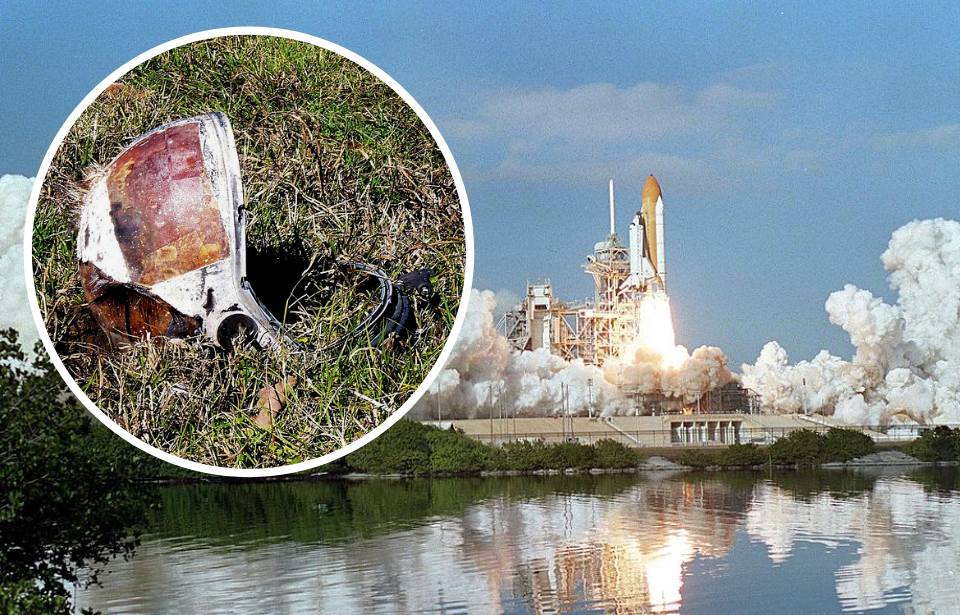On February 1, 2003, onlookers watched in horror as the space shuttle Columbia became a fireball in the sky, disintegrating as it reentered Earth’s atmosphere with seven astronauts on board. What was supposed to be a triumphant return from another successful mission of the first shuttle to ever fly space would become a disaster akin to the 1986 Challenger disaster and went on to change NASA forever.
Columbia was the first shuttle in space
Columbia ushered in a whole new era of space exploration when it was launched from NASA’s Kennedy Space Center on April 12, 1981. The first shuttle to ever reach space, Columbia went on to carry dozens of astronauts on various missions for two decades.
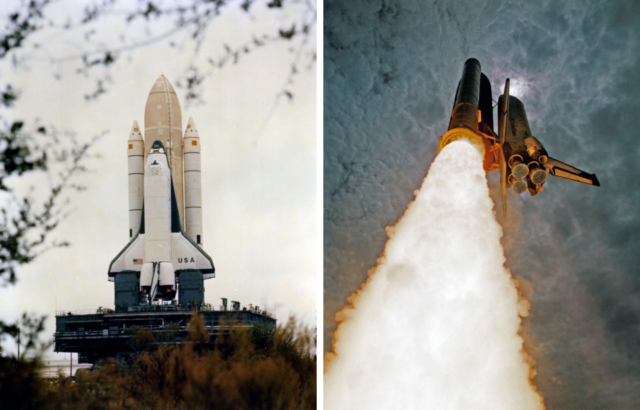
The very first Columbia flight was manned by a two-person crew: commander and Apollo mission veteran John Young and pilot Bob Crippen. The shuttle returned from its first mission safely and went on to conduct several more successful test flights, including a dramatic landing after the autoland system malfunctioned. At the last minute, the crew took over as the shuttle sped down the runway faster than normal but landed safely.
Flying 28 missions in its lifetime, Columbia carried dozens of astronauts to space and helped to launch satellites, conducted microgravity experiments, and even launched the Hubble Space Telescope in 2002. Her final mission, Space Transportation System or STS-107, was a 16-day research mission focusing on a variety of scientific experiments.
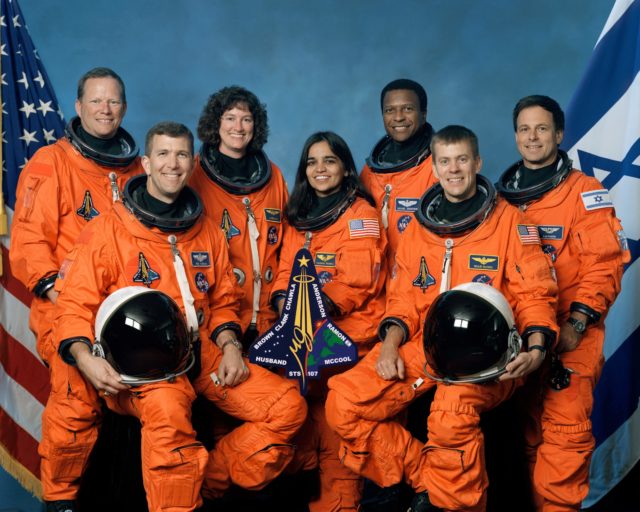
The STS-107 crew consisted of five men and two women astronauts, including the first Israeli astronaut, Ilan Ramon, and the first Indian-born woman in space, Kalpana Chawla. Other crew members included commander Rick Husband, payload commander David Brown, mission specialist Laurel Clark and pilot William McCool.
A disastrous final mission
As the families of the astronauts onboard eagerly waited for the return of their loved ones at the Kennedy Space Center, NASA lost contact with Columbia during the final minutes of the shuttle’s reentry over Texas. Soon, video footage of Columbia confirmed that the worst had occurred.
The video shows a bright object shooting across the sky before smaller pieces appear to break off around it with streams of contrails following behind. As the pieces plummeted to the ground, it became clear that there were no survivors.
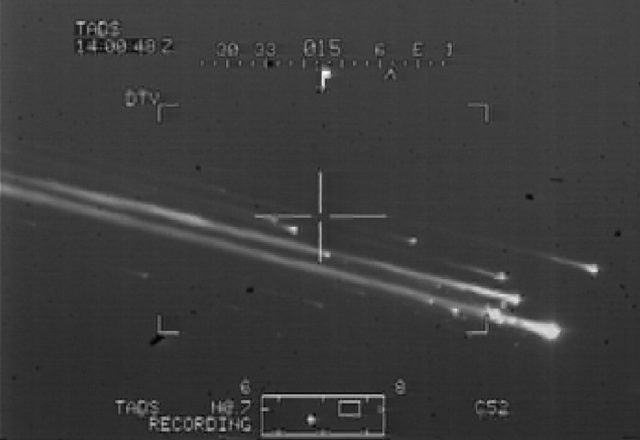
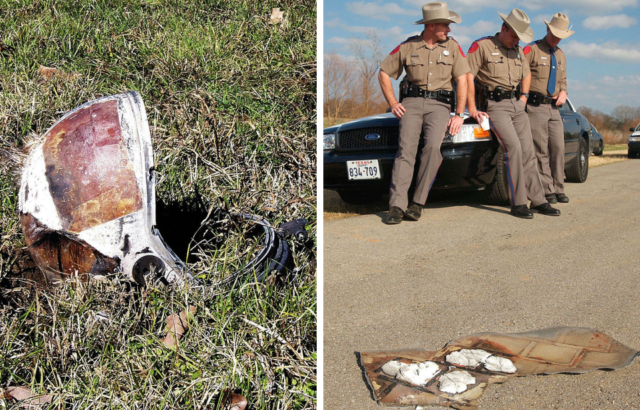
NASA released a crew survival report in 2008 that detailed the final moments of Columbia‘s crew. They likely survived the initial breakup of the shuttle, but soon passed out once the cabin depressurized. They died as the shuttle broke up around them, the immense speed of the re-entry creating temperatures of up to 2691 degrees Fahrenheit.
All seven of the astronauts’ remains were found within a five-mile radius. They were identified through DNA and dental records.
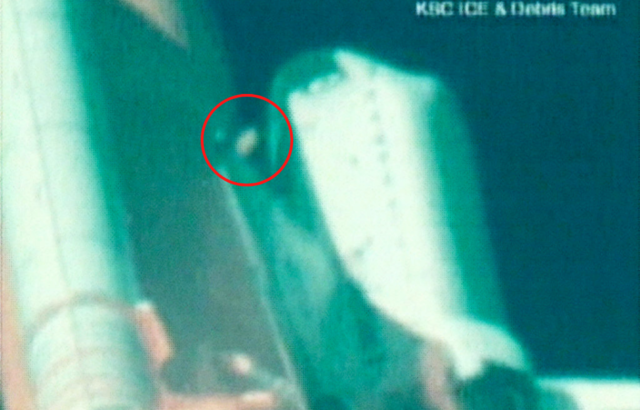
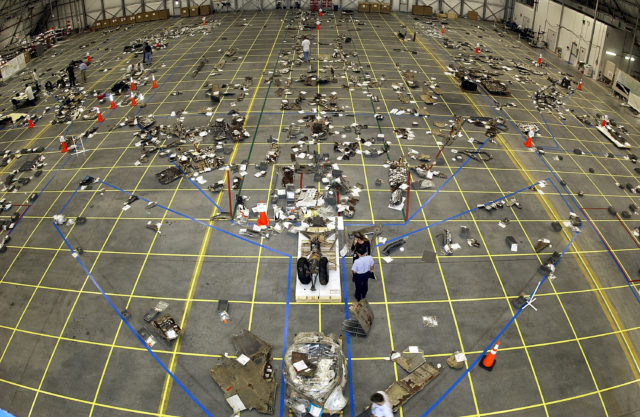
After an extensive investigation, the Columbia Accident Investigation Board concluded that a piece of foam from Columbia‘s external tank hit the shuttle during the launch. The foam piece caused a breach in Columbia’s wing and damaged the protective tiles that prevent the outside of the shuttle from overheating during launch and reentry. The broken tiles caused the shuttle’s exterior to overheat and resulted in a breakdown of its structure.
Issues with “foam debris” had occurred before, and NASA was well aware of it. After the Columbia disaster, NASA made changes to the external tanks and introduced new training for crewmembers, requiring them to spend several hours checking the bottom of the shuttle for broken tiles.
Haunting remnants of Columbia
Over the years, many have discovered pieces of debris from the Columbia disaster throughout Texas. In 2011, a round aluminum power reactant storage and distribution tank used on board were found around Lake Nacogdoches in Nacogdoches, Texas.
The piece was later shipped to Kennedy Space Center where NASA stores all Columbia debris for future research. According to one source, 38 to 40 percent of Columbia‘s orbiter (the main component of the shuttle), comprised of 84,000 pieces of debris, have been recovered.
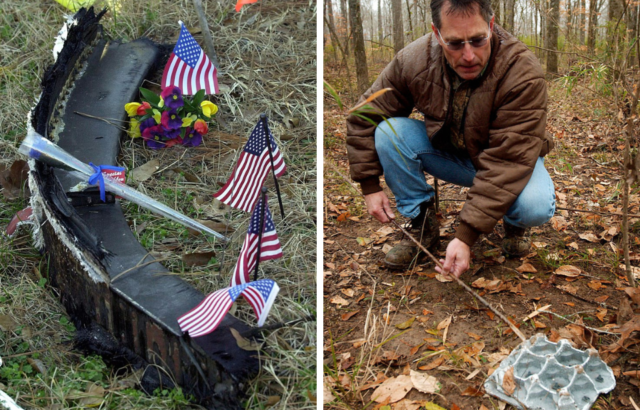
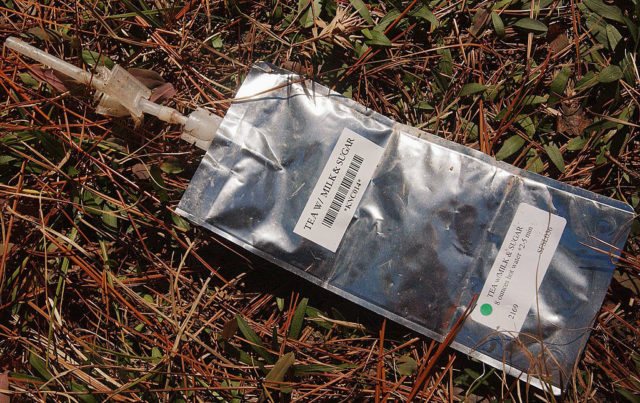
A massive hanger inside a NASA storage facility contains all the recovered debris, with each piece mapped out on an outline of the shuttle drawn on the floor.
Directly following the disaster, the FBI was charged with recovering the remains of the deceased astronauts as well as collecting any classified equipment scattered among the debris. Five hundred FBI employees made up the recovery team, part of a massive collection of 25,000 professionals and volunteers that helped to search 2.3 million acres over several weeks.
Columbia‘s enduring legacy
Some experiments aboard Columbia managed to survive the re-entry, including a group of live roundworms that were found alive in Petri dishes among the debris.
Columbia is one of three horrific accidents involving NASA spacecraft. Coincidentally, Columbia, the Challenger explosion, and the Apollo 1 tragedy all happened within one calendar week in different years – February 1, January 28, and January 27, respectively. On the last Thursday of every January, NASA commemorates its Day of Remembrance in honor of the lives lost in the three tradgedies.
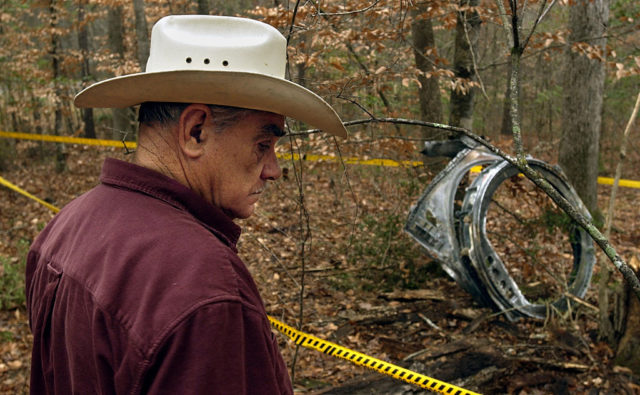
NASA has also opened a permanent exhibit at Kennedy Space Center which showcases artifacts from the Challenger and Columbia missions, including Challenger‘s fuselage and window frames from Columbia‘s orbiter. Some of the belongings of the 14 astronauts who died in the explosions are also on display, an enduring memorial to the men and women who lost their lives in the pursuit of scientific progress.
Seven asteroids that orbit the sun between Mars and Jupiter also bear the names of Columbia crew members.
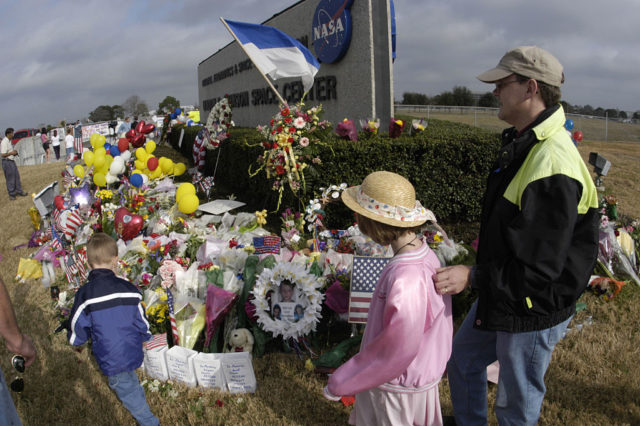
In 2022, a group of divers made an incredible discovery off the coast of Florida – a large section of Challenger‘s space shuttle was found buried in the ocean sand.
More from us: An Airplane Graveyard in Bangkok is a Tourist Destination and Living Space
Only time will tell if more remnants of Columbia will be added to the thousands of other puzzle pieces of debris that still have stories to tell.
